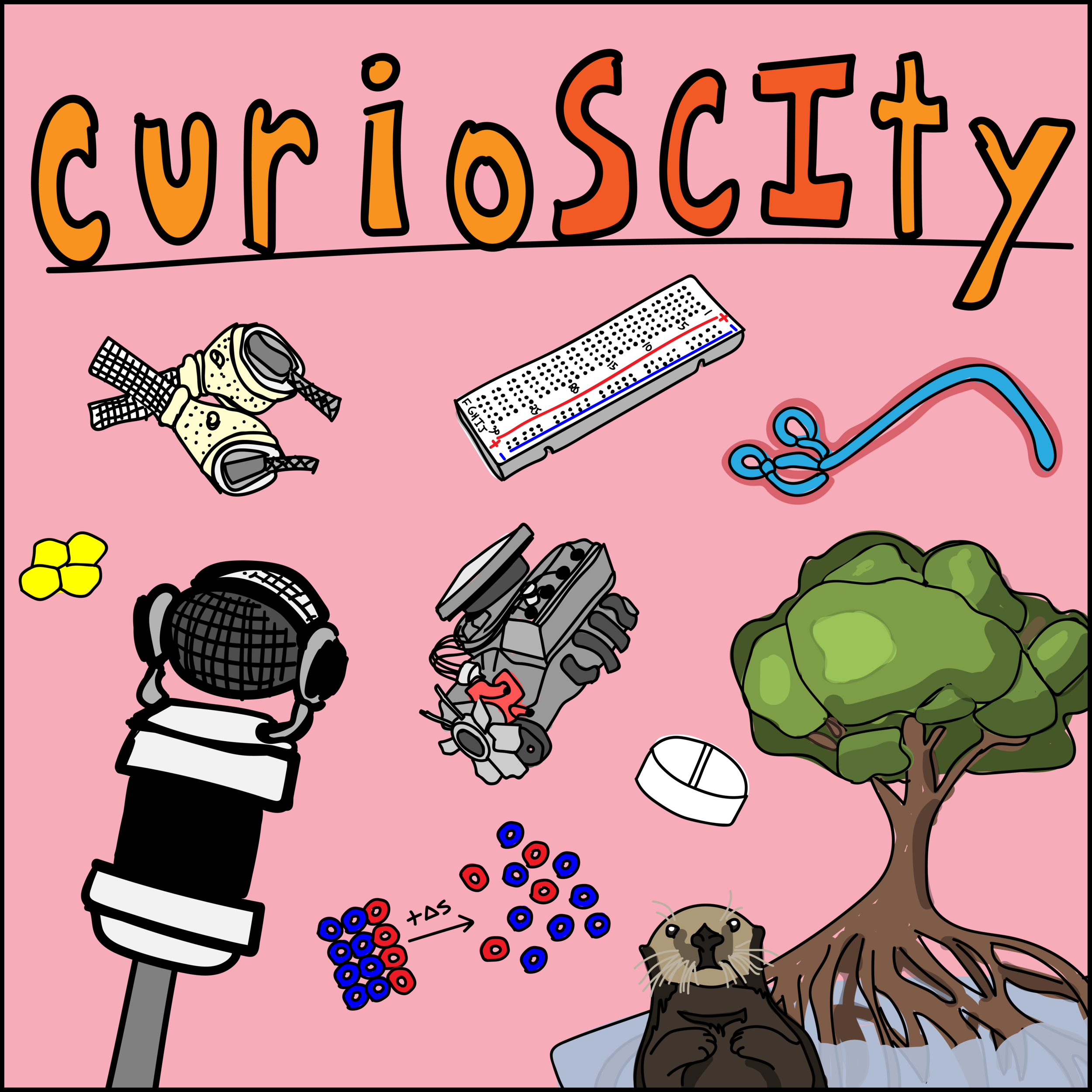55 - Yeast (w/ Mike Pablo!)
55. Yeast
Let’s face it: we all spend time trying to think about our favorite unicellular eukaryotes. Today, we’ll discuss the fungus kingdom and what yeast actually is. Let’s learn to be scientifically conversational.
General Learning Concepts
1) What is a Yeast?
a. What is a microorganism? A microbe is an organism too small to be viewed by the naked eye, thusly requiring something with the resolving power and magnification of a microscope to be viewed. Microorganisms (microbes) can include bacteria, archaea, fungi, viruses, and microscopic animals.
b. What is a eukaryote? Containing a nucleus and other membrane bound compartments, eukaryotes are a different domain of life that humans belong to. They tend to be much larger than prokaryotes, an contain DNA in linear chromosomes. To divide and produce daughter cells, eukaryotes go through mitosis (or meiosis in the case of sexual reproduction). [2] [3]
c. What is a fungus? Fungi are a kingdom of organisms that are often known to break down dead organic material. Many are multicellular; many derive energy from other organisms; have cells walls. They are capable of reproducing sexually (via haploid cells) and asexually (mitosis). [2]
d. What is a yeast? Yeast is a generically used word that describes a unicellular phase of a fungus life cycle (although it also refers to those who only have a unicellular phase). One of the more famous yeast species includes Saccharomyces cerevisiae. They require a carbon and nitrogen source, and a vitamin called biotin. Otherwise, they are very simple organisms.
2) What are some distinctive characteristics of yeast?
a. Budding: Most yeast reproduce asexually via budding rather than binary fission, which means that daughter cells pinch off of a mother cell as often as once every 90 minutes in laboratory conditions. The mechanism by which yeast do this process are similar to other eukaryotes, which makes studying those systems available at a speedier pace.
b. Sexual reproduction: “In sexual reproduction, a single yeast cell undergoes meiosis and produces haploid spores; these spores can recombine with other haploid spores, producing a diploid cell – the yeast’s “normal” state.”
c. Multicellularity: A publication from 2015 (first author William Ratcliff at GIT in 2015) implied a genetic, single gene mutation that caused formation of cellular clusters in S. cerevisiae. These studies are thought to be useful in understanding the origins of multicellular life.
4) Fun Tidbits
a. Metabolism: Yeast metabolize sugars to produce carbon dioxide and ethyl alcohols.
b. Yeast genome: Yeast was the first Eukaryote to be fully genetically sequenced.
5) Solicited Questions
a. Is the same type of yeast used to make both bread and beer? Saccharomyces cerevisiae can be used for both, but different strains of the species are typically used and in very different conditions.


